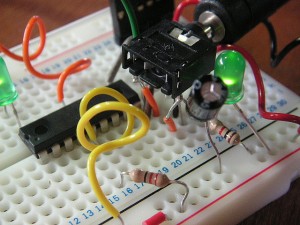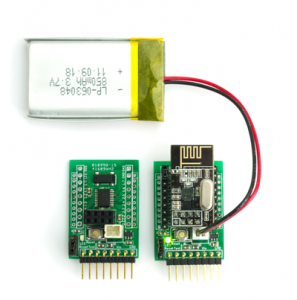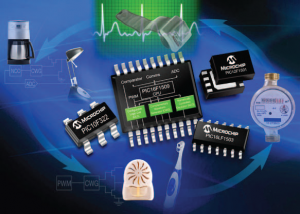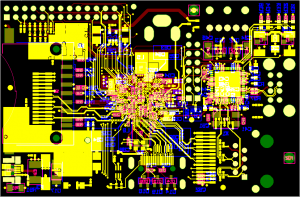 The blog Built to Spec has a story on how to hack a standard RC servo into a brushed DC motor controlled. Basically, the trick is to fool the servo logic into believing that the servo is constantly centered. This makes it possible to control the speed and direction of the brushed DC motor using off the shelf control mechanisms. For the details, read more here.
The blog Built to Spec has a story on how to hack a standard RC servo into a brushed DC motor controlled. Basically, the trick is to fool the servo logic into believing that the servo is constantly centered. This makes it possible to control the speed and direction of the brushed DC motor using off the shelf control mechanisms. For the details, read more here.
January 2025 M T W T F S S 1 2 3 4 5 6 7 8 9 10 11 12 13 14 15 16 17 18 19 20 21 22 23 24 25 26 27 28 29 30 31 Also available on Twitter
My TweetsCategories
Recent Comments
- Gábor on GCC Error Messages
- e8johan on GCC Error Messages
- Juampa on GCC Error Messages
- e8johan on GCC Error Messages
- lava on GCC Error Messages
Archives
- June 2022
- September 2015
- August 2015
- June 2015
- May 2015
- April 2015
- March 2015
- February 2015
- January 2015
- December 2014
- November 2014
- August 2014
- April 2014
- March 2014
- February 2014
- July 2013
- June 2013
- May 2013
- February 2013
- January 2013
- December 2012
- November 2012
- October 2012
- September 2012
- July 2012
- May 2012
- April 2012
- March 2012
- February 2012
- January 2012
- December 2011
- November 2011
- October 2011
- September 2011
- August 2011
- July 2011
- June 2011
Meta






